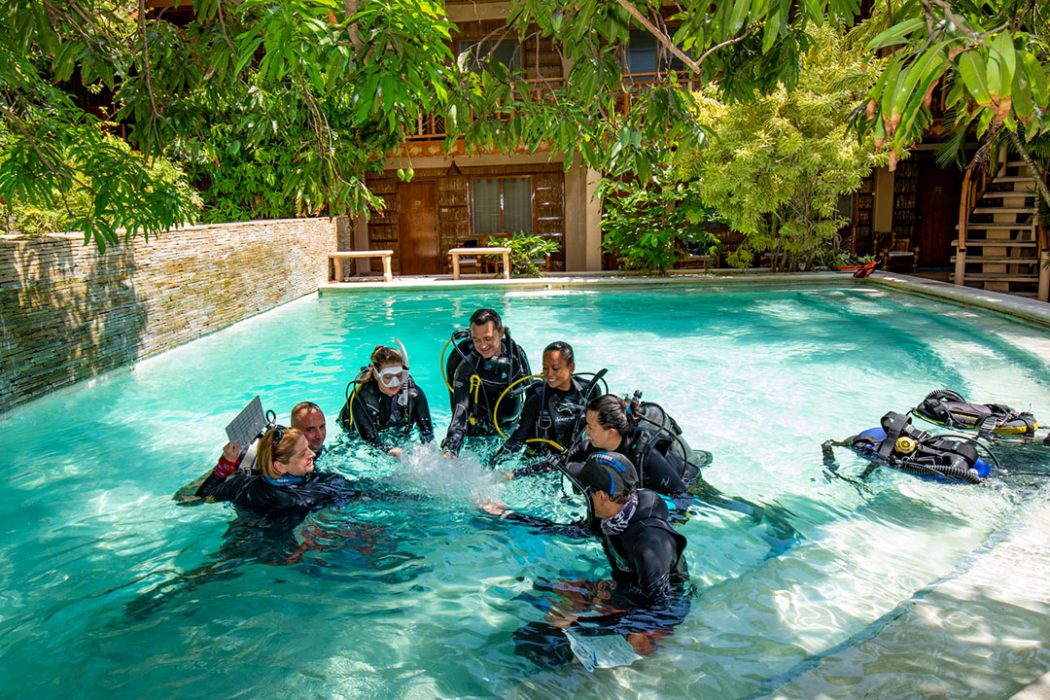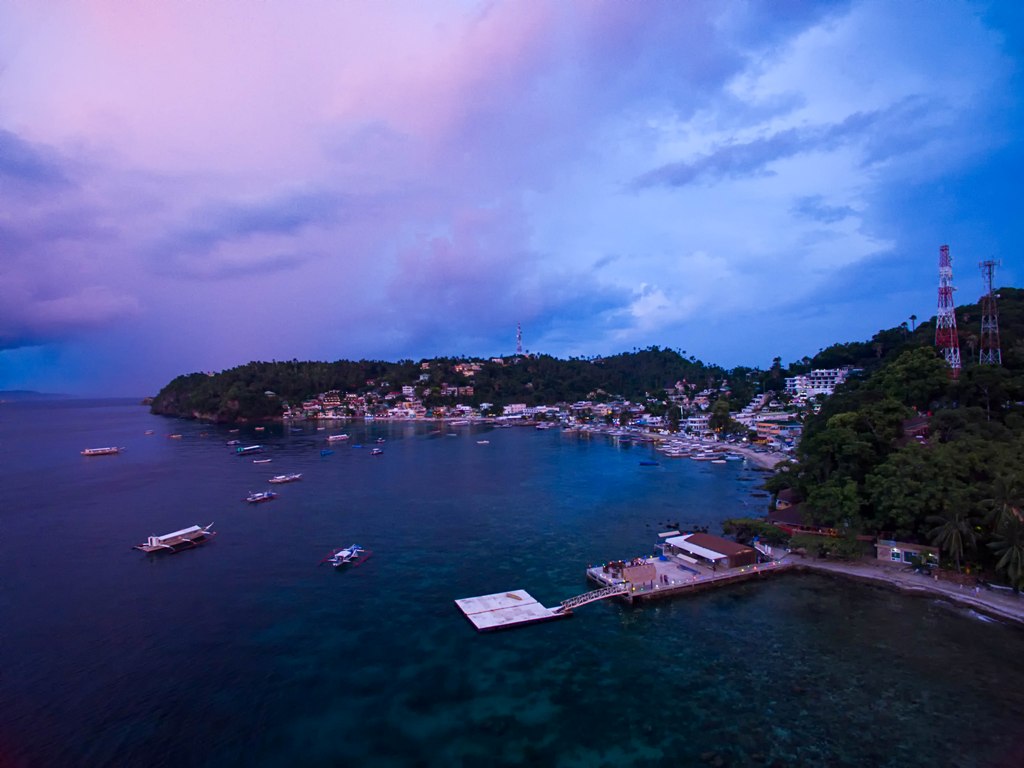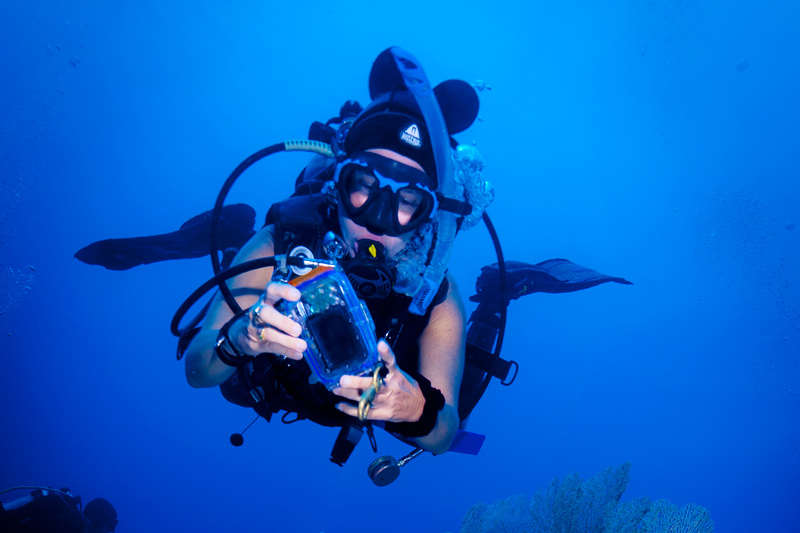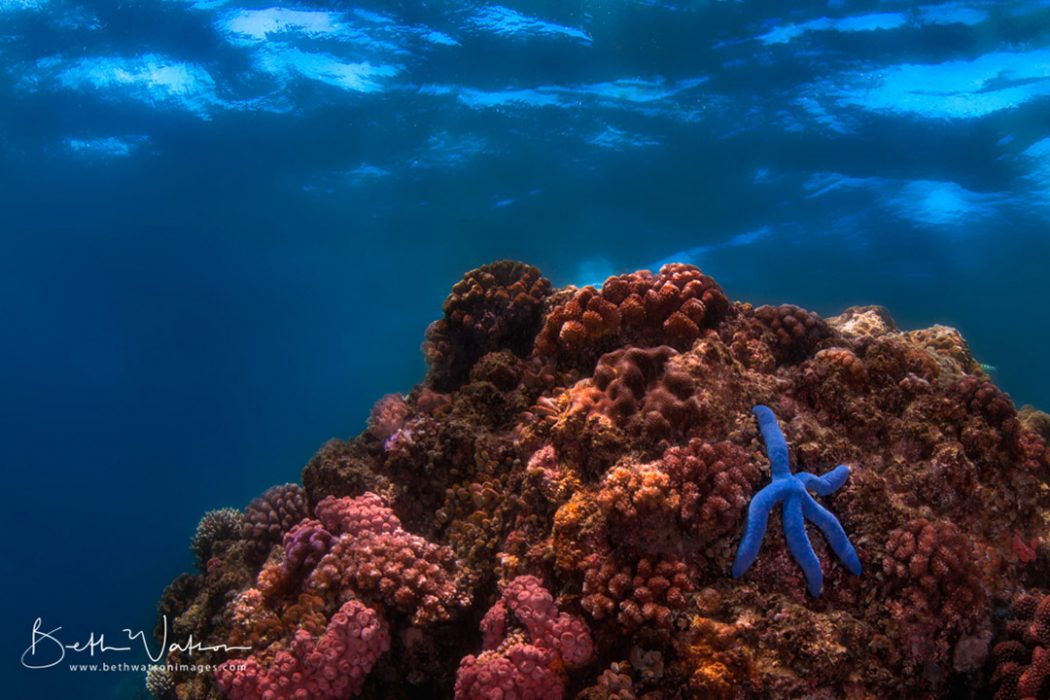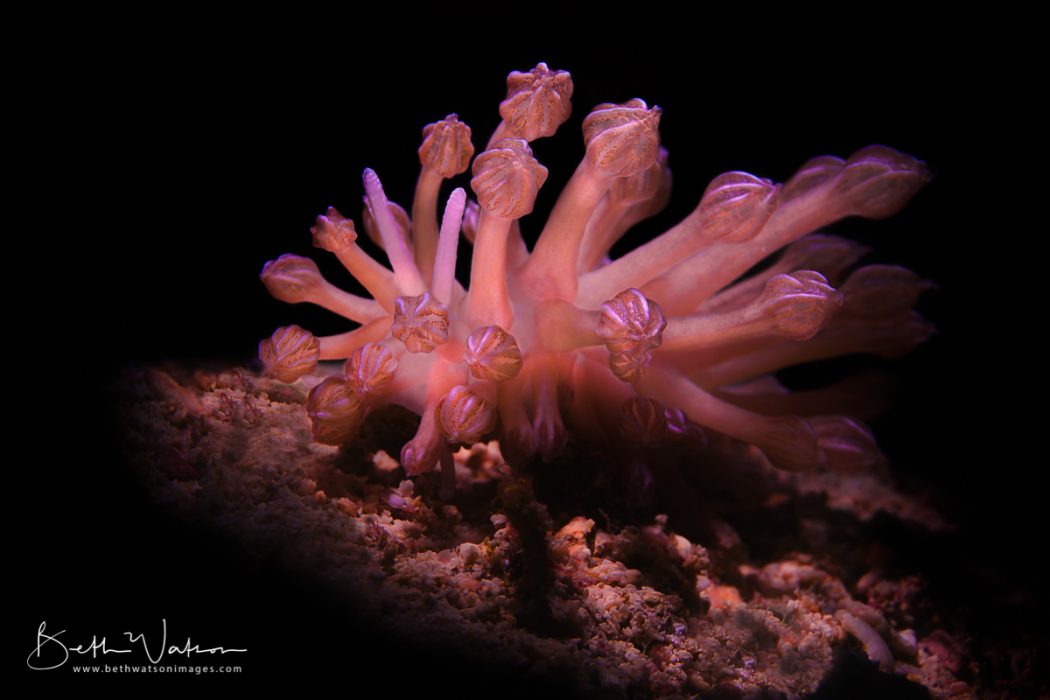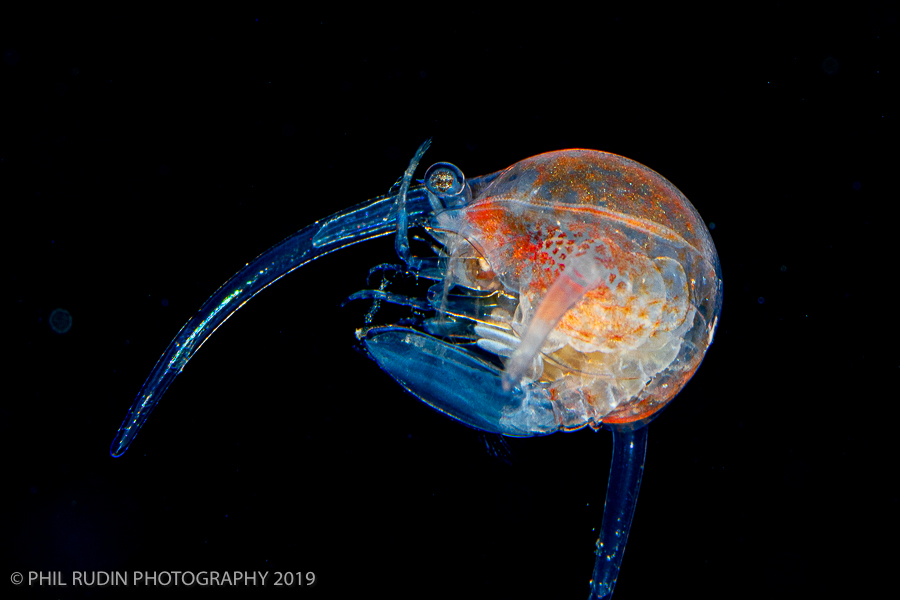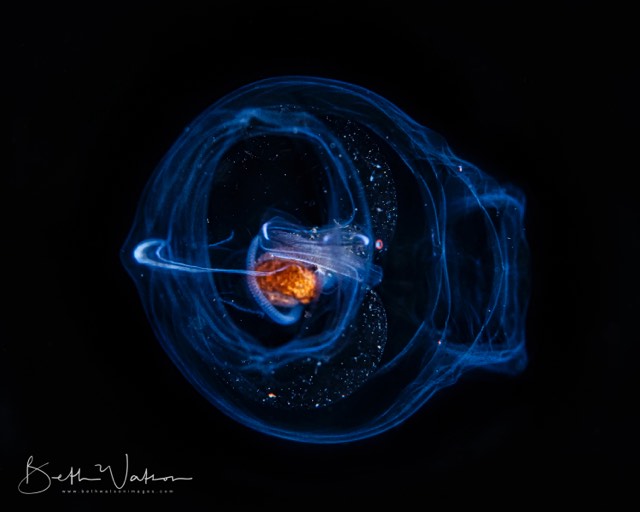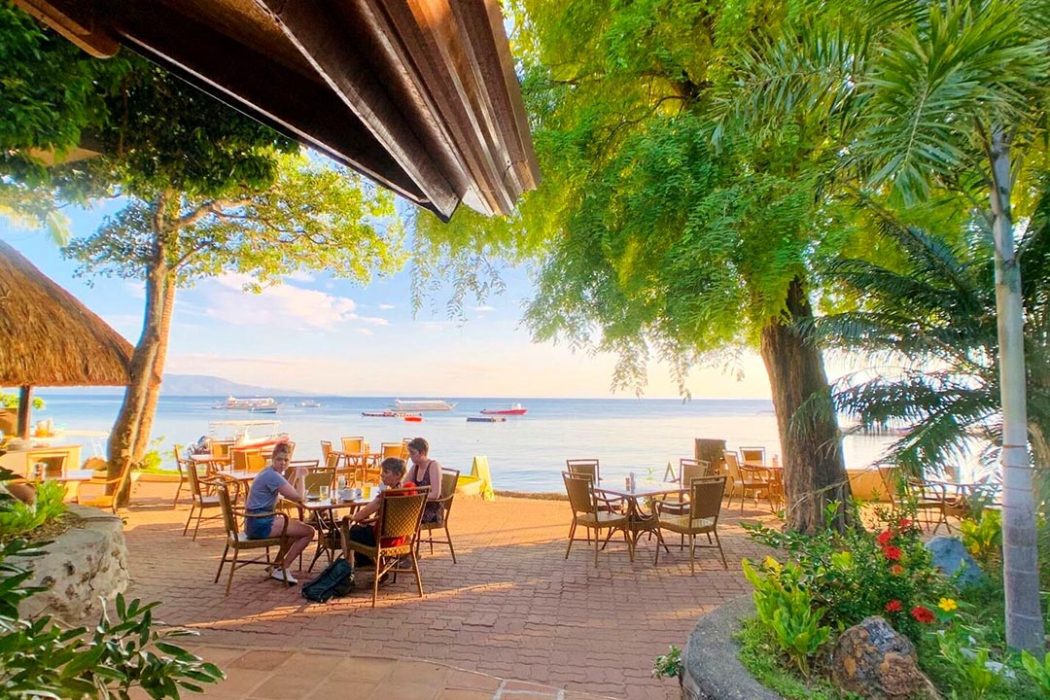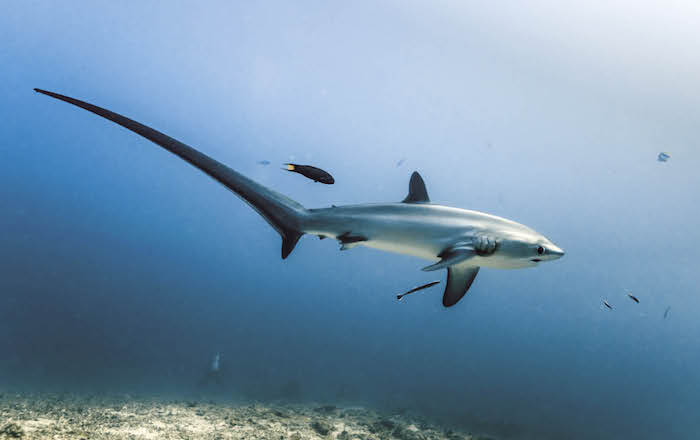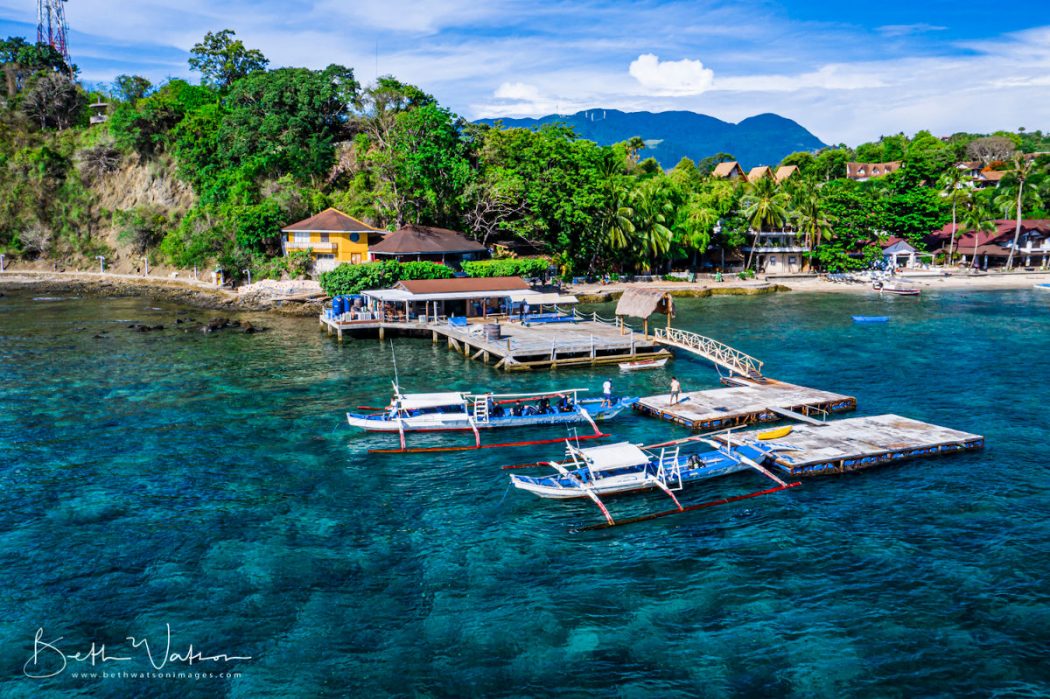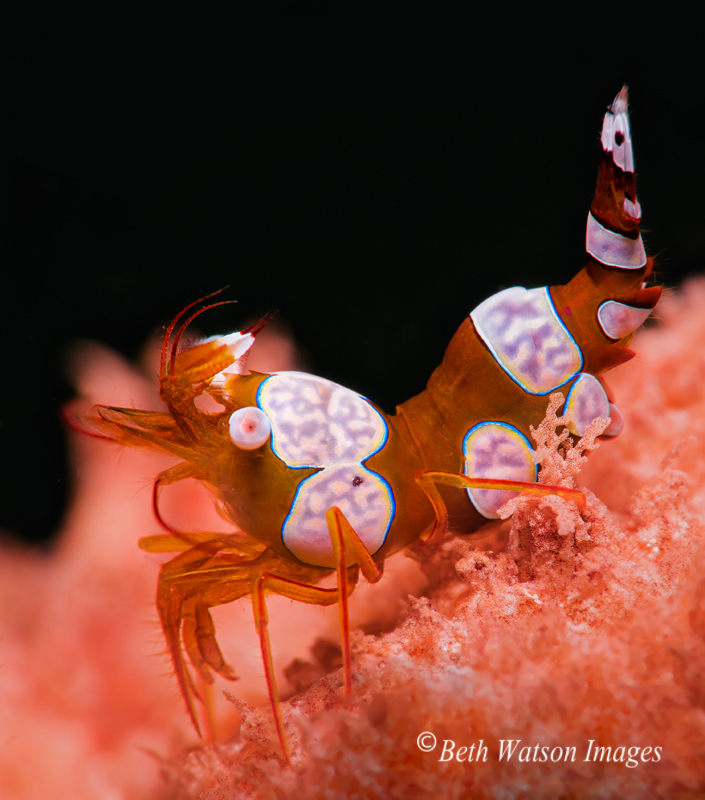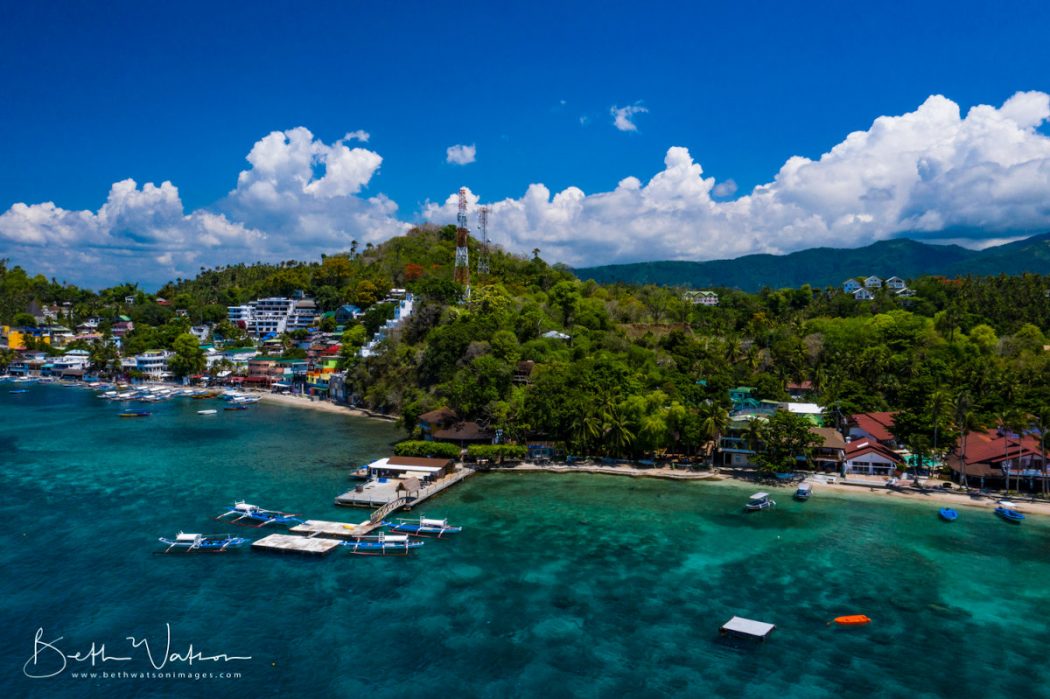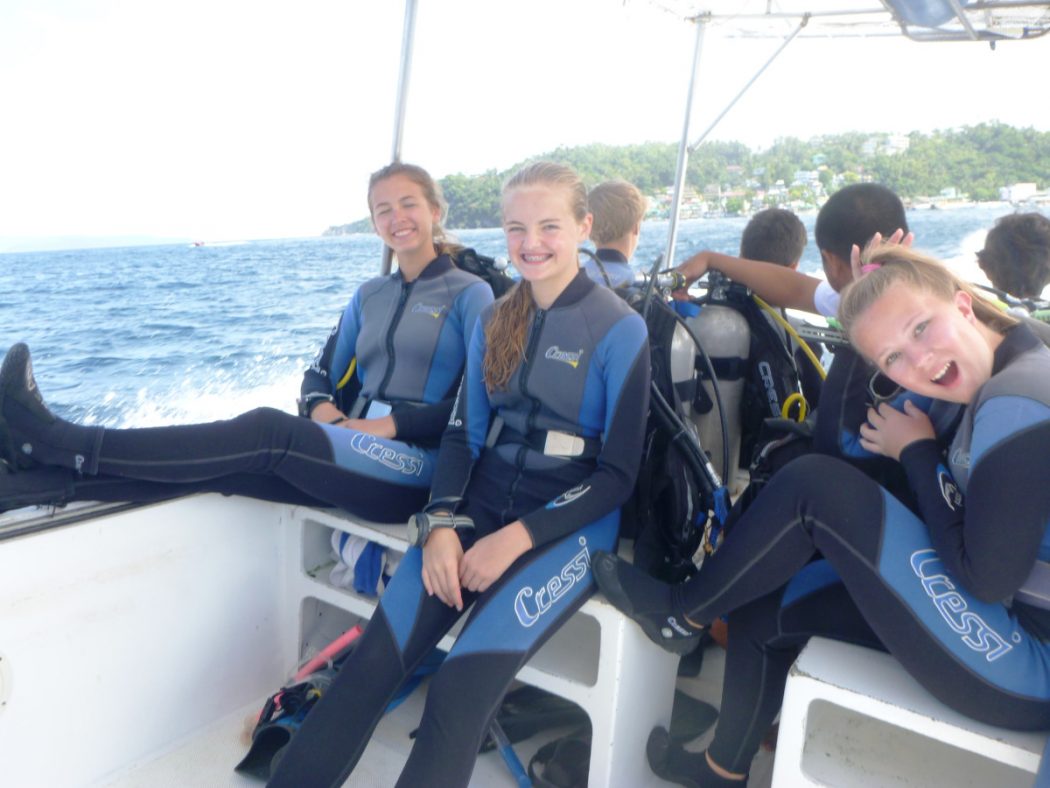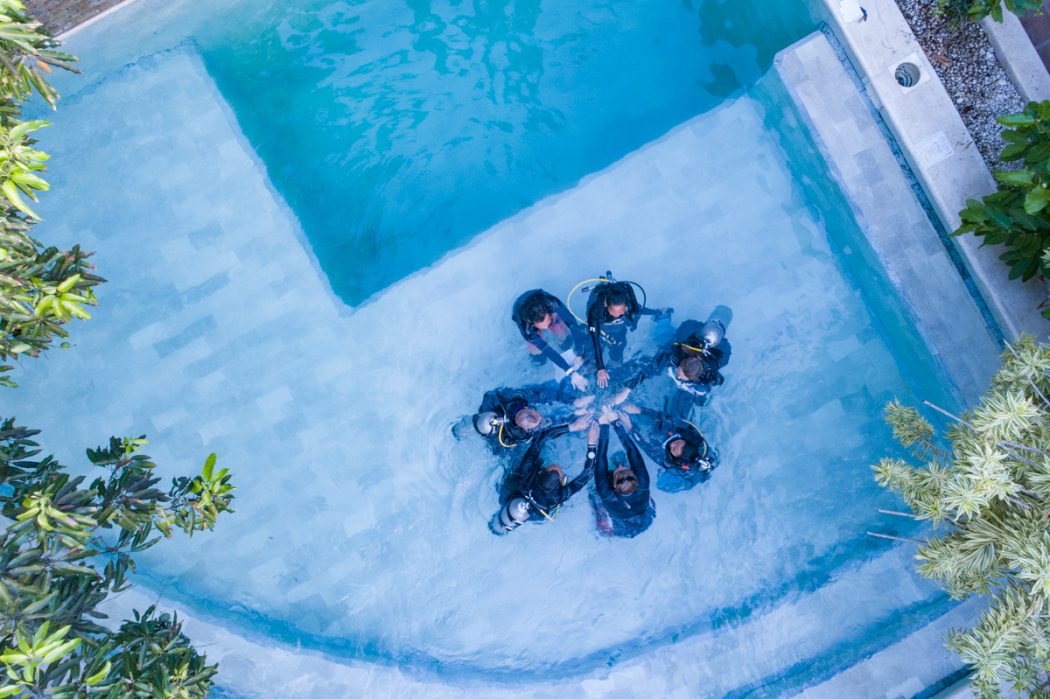What if you want to learn to scuba dive, but for some reason (such as the COVID-19 pandemic), it’s not possible for you to travel to The Philippines to appreciate its underwater beauty and to apply your skills. Don’t worry, because PADI offers the online PADI eLearning course to learn diving theory in the comfort of your home.
Learning theory is an important part of PADI courses
Even if you haven’t taken the eLearning course, your dive instructors will need to test your theoretical and technical knowledge before embarking on the practical skills. This is standard practice wherever you go.
The benefit of studying with PADI eLearning at home is that you don’t have to spend your holiday time in a classroom to learn about the prerequisite materials – you would’ve already done that at home!
What is included in the PADI eLearning courses?
All PADI eLearning courses contain a number of learning systems such as online videos, interactive learning, review tests, and the classic dive manual which you can download. Depending on your online course selection, an active internet connection may or may not be required (get in touch for questions on this).
With one years’ access to PADI eLearning courses, you can learn from an unlimited source of knowledge about scuba diving, from basic safety guidelines to technical calculations such as dive durations for specific cases and dive depths. You will receive the same knowledge that you’d have received in our live PADI dive classroom.
With the PADI online course, you can spend a longer amount of time than a rigid classroom schedule would allow. You may even surprise your instructor as you recall the dive table from memory.
How to learn online courses effectively?
PADI eLearning courses grant you the ability to study independently, which means at your own pace, you can learn at a style that you choose. Some people supplement their reading by further researching on the Internet about the material, and even calling up a diver friend to discuss the theories.
In any way you learn, don’t forget to be active – be an active reader or listener by reading up on supplementary materials outside the eLearning course. This isn’t to say that information in the online courses is incomplete. Supplementary reading allows you to add on to your current knowledge, about how the theory works in real life.
Why dive in the Philippines?
We hope you don’t change your mind about where you want to dive. The Philippines is an amazing place to start your diving career. In fact, the Verde Island Passage, between Luzon and Mindoro islands, is the most popular region for both amateur and professional divers.
There is an outstandingly high marine biodiversity in this region, and it has become known as the world’s most important reserve for coral and tropical fish species.
Whenever you have the time to go to the Philippines, visit Puerto Galera’s many dive resorts, like El Galleon, working together with Asia Divers to create a holistic diving holiday experience. Book your room and a PADI course here.
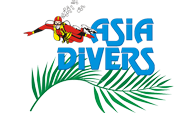



 TripAdvisor Certificate of Excellence
TripAdvisor Certificate of Excellence